After carefully designing our protection systems to reduce energy transfer and ultimately peak forces, we set out to do some testing! We agreed on a drop height for our phone cases, and our water balloon launcher didn't work as well as we thought to mimic a bike crash, so we reverted to Mrs. Brinza throwing them against a brick wall. So many groups were successful in their designs! Looks like we got some future engineers on our hands here at LMS!
We then turned to the DQB to answer questions that launched our unit together. We've figured out so much about energy transfer, peak forces, deformation, and engineering solutions to problems involving collisions. We had a great year together 6th grade! I am so proud of how much you figured out!
We then turned to the DQB to answer questions that launched our unit together. We've figured out so much about energy transfer, peak forces, deformation, and engineering solutions to problems involving collisions. We had a great year together 6th grade! I am so proud of how much you figured out!

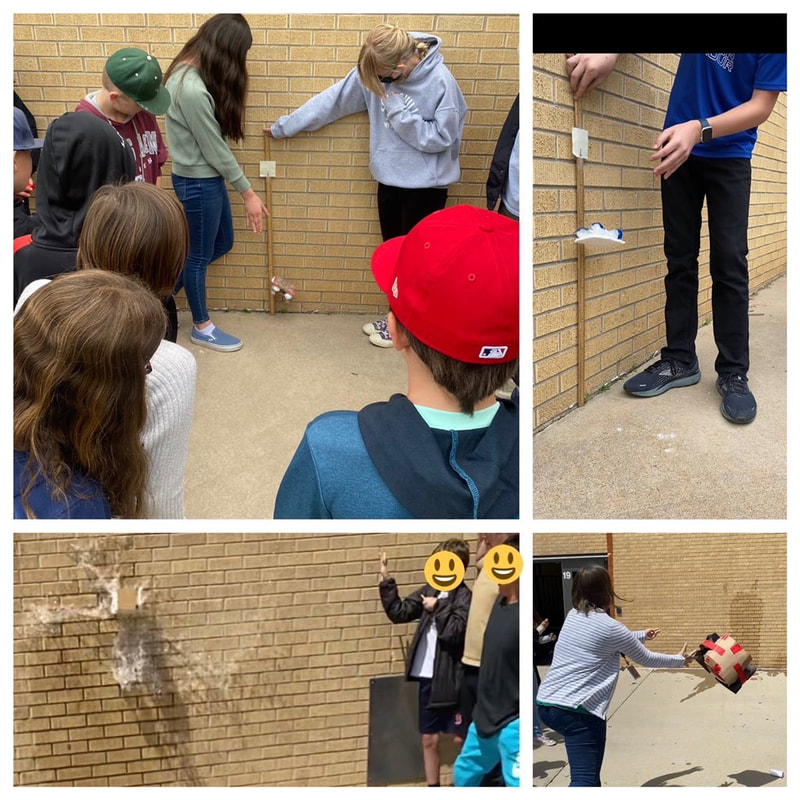
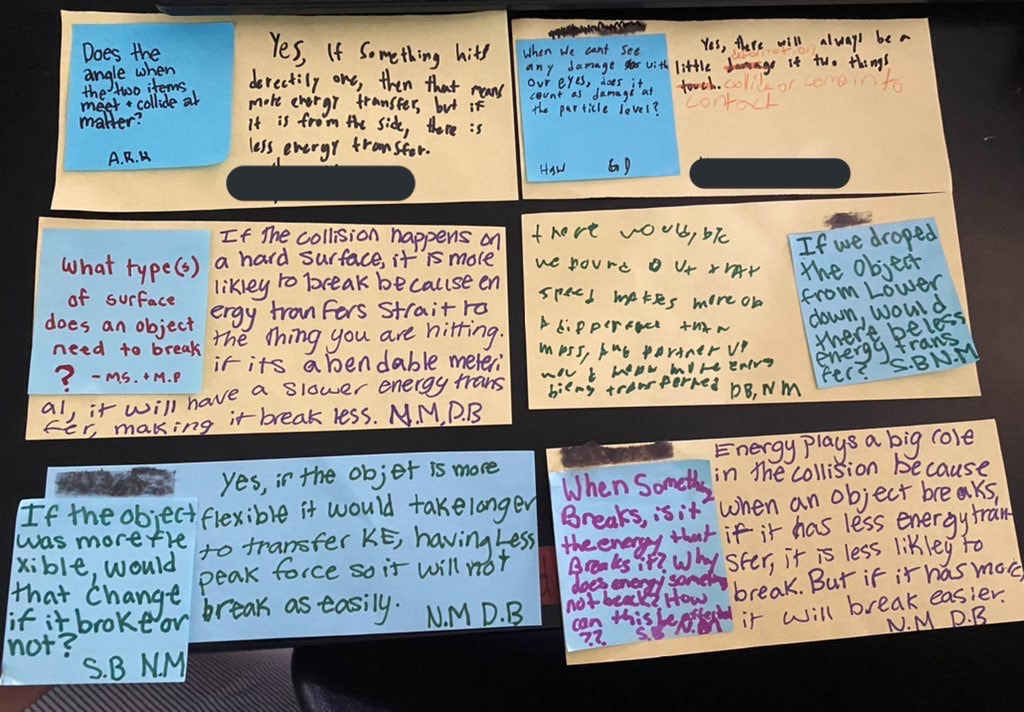
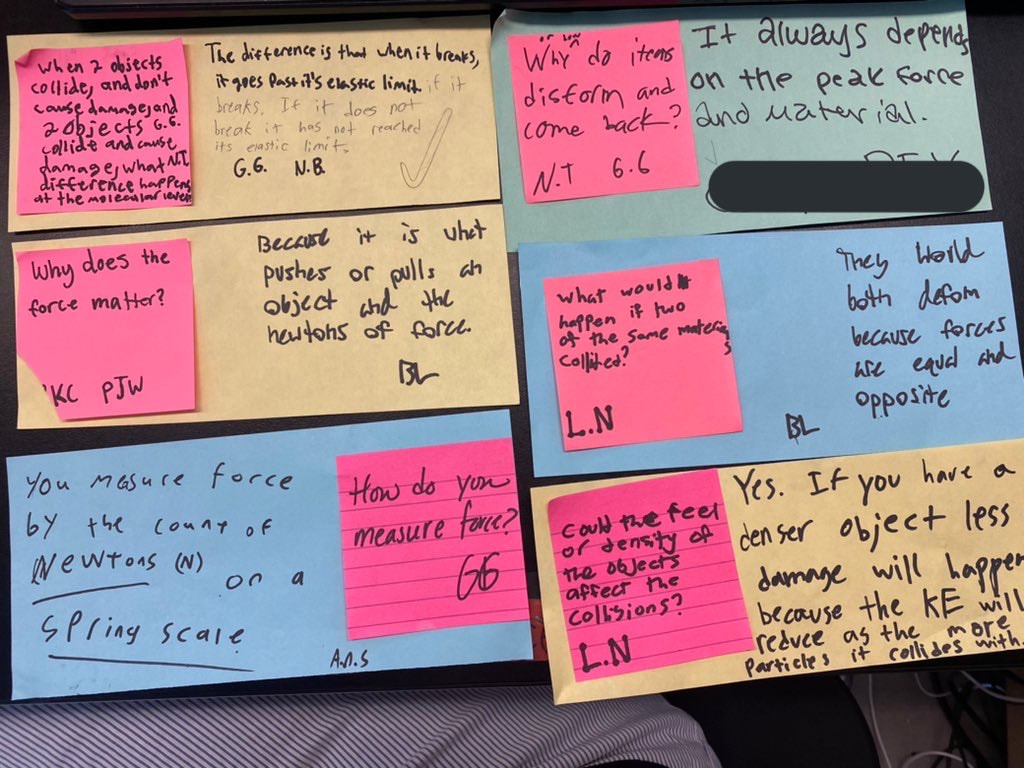
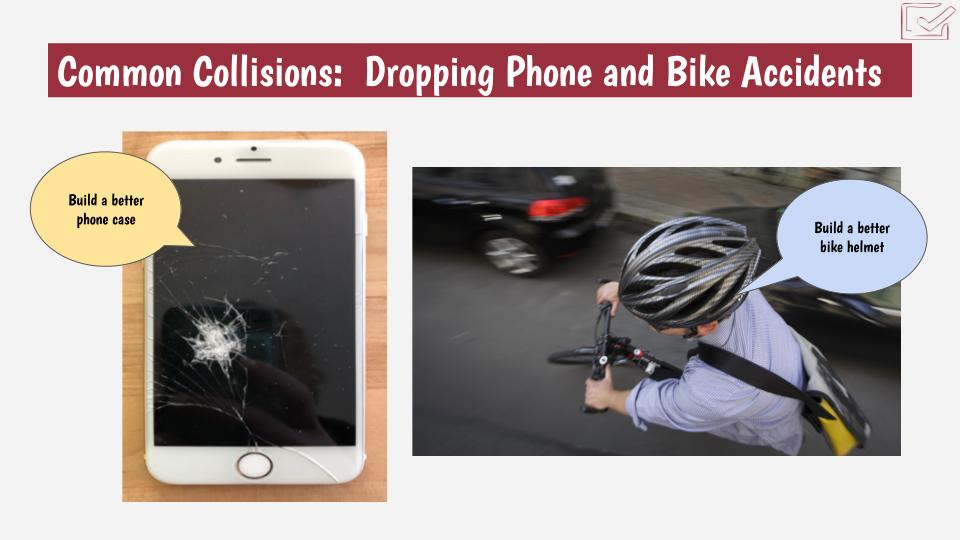
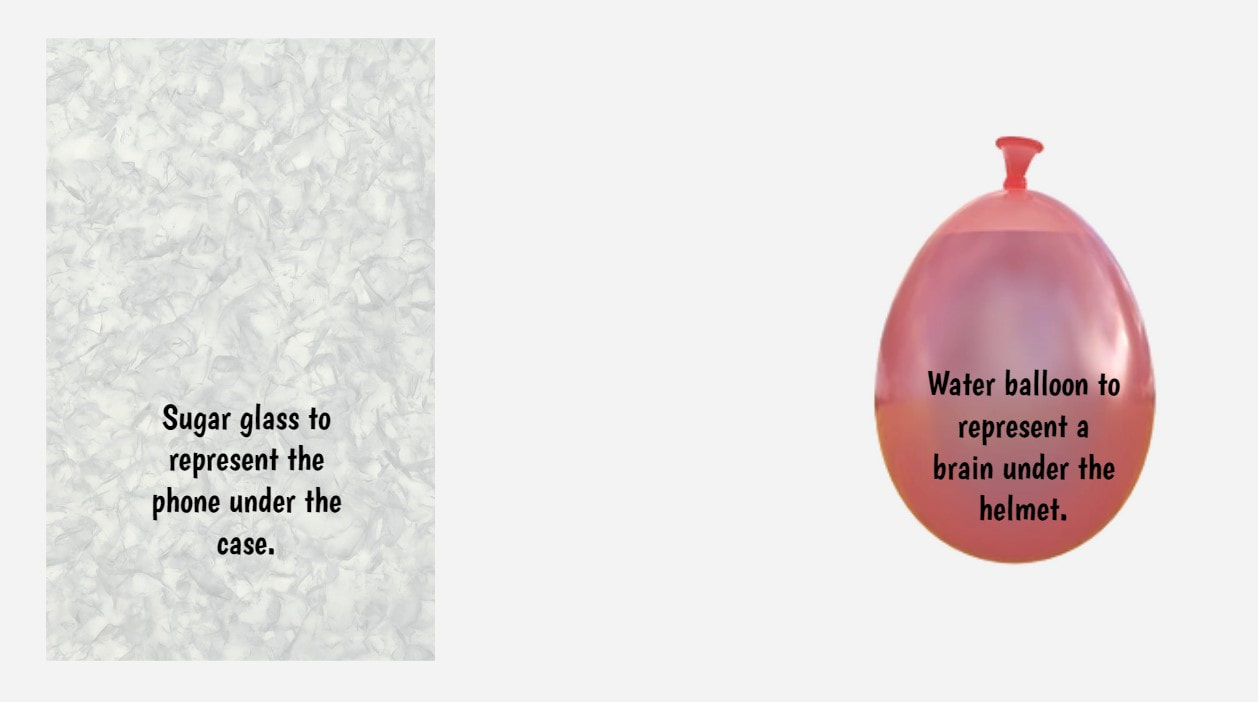
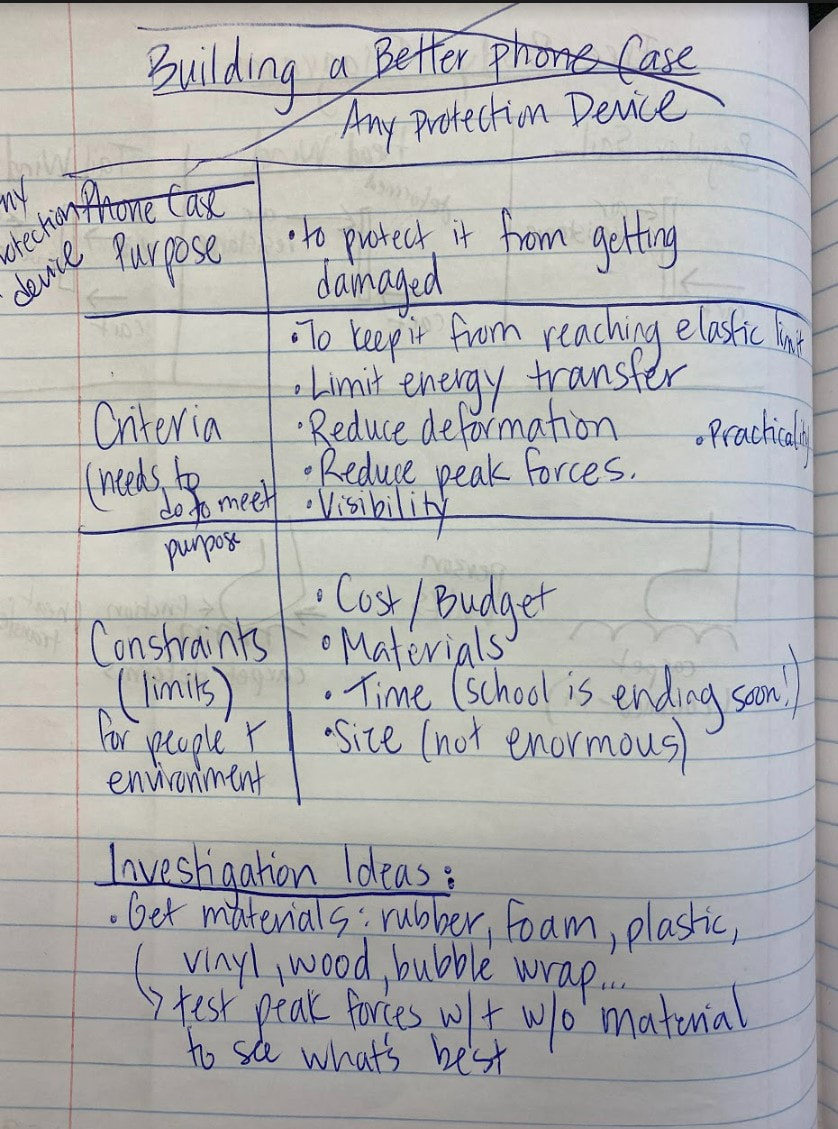
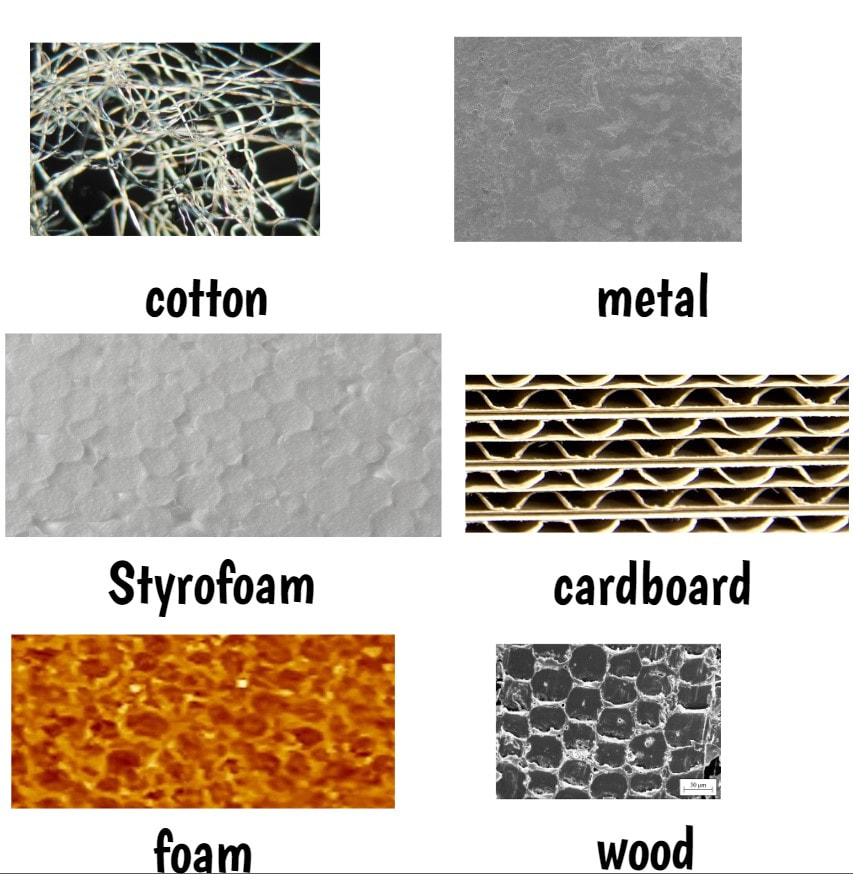
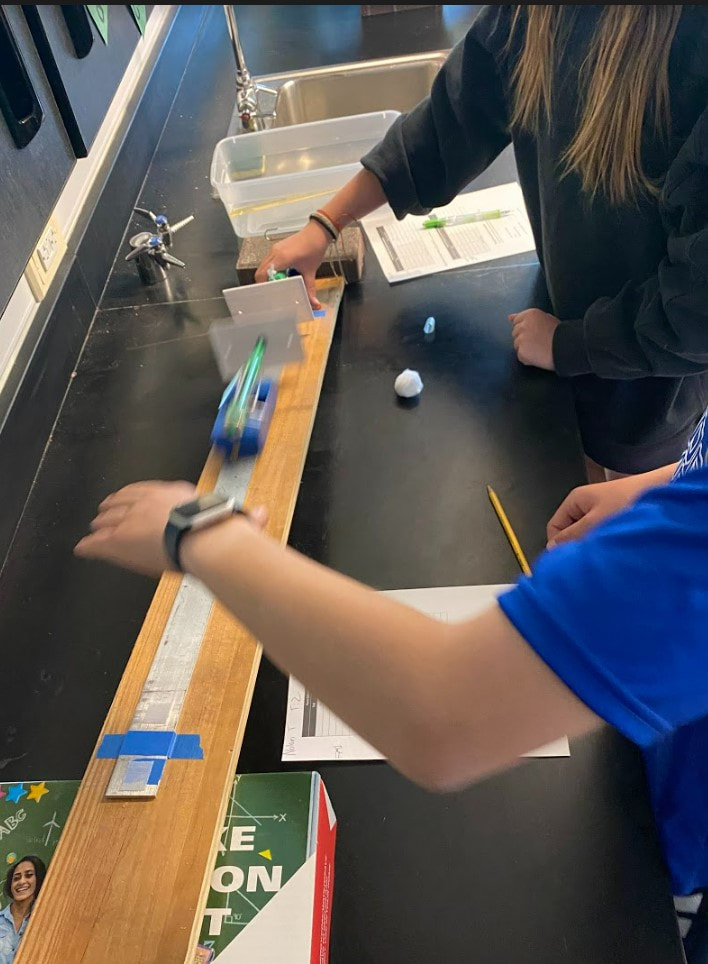
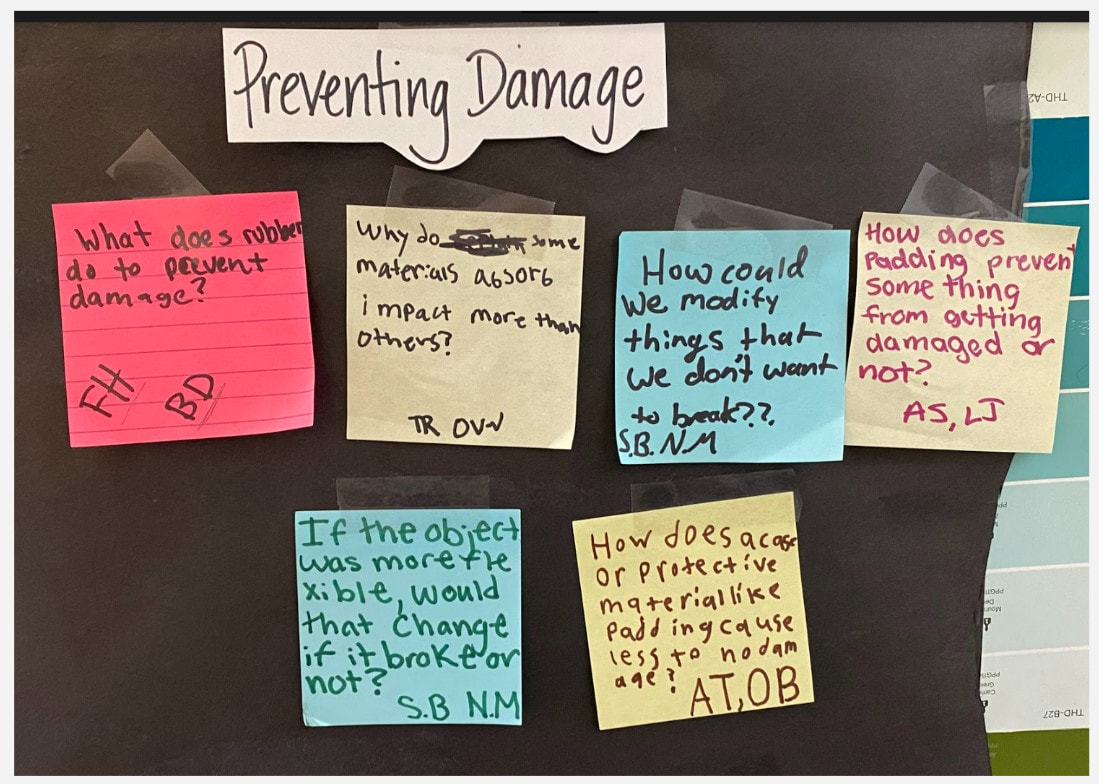
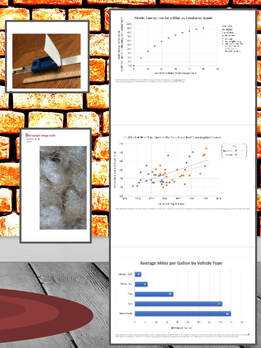
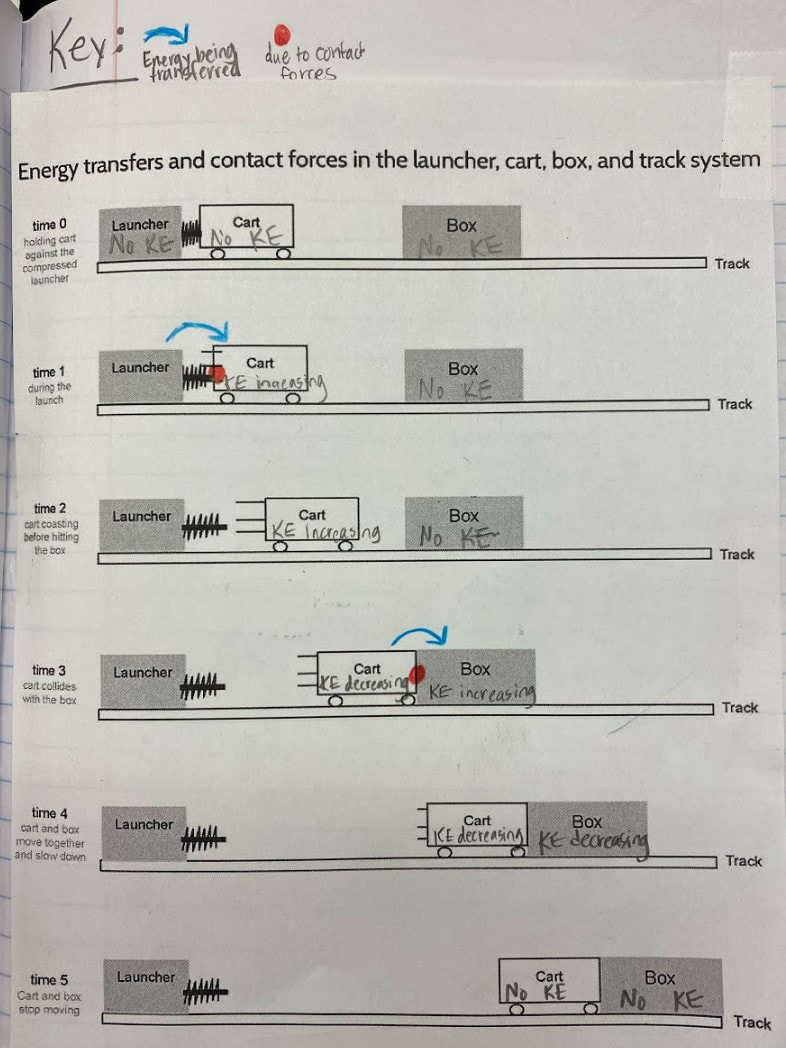
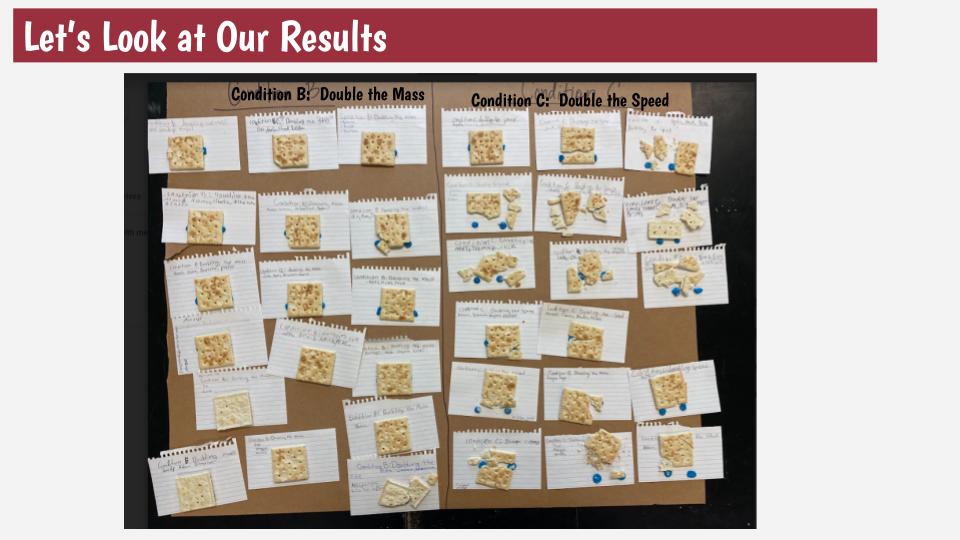
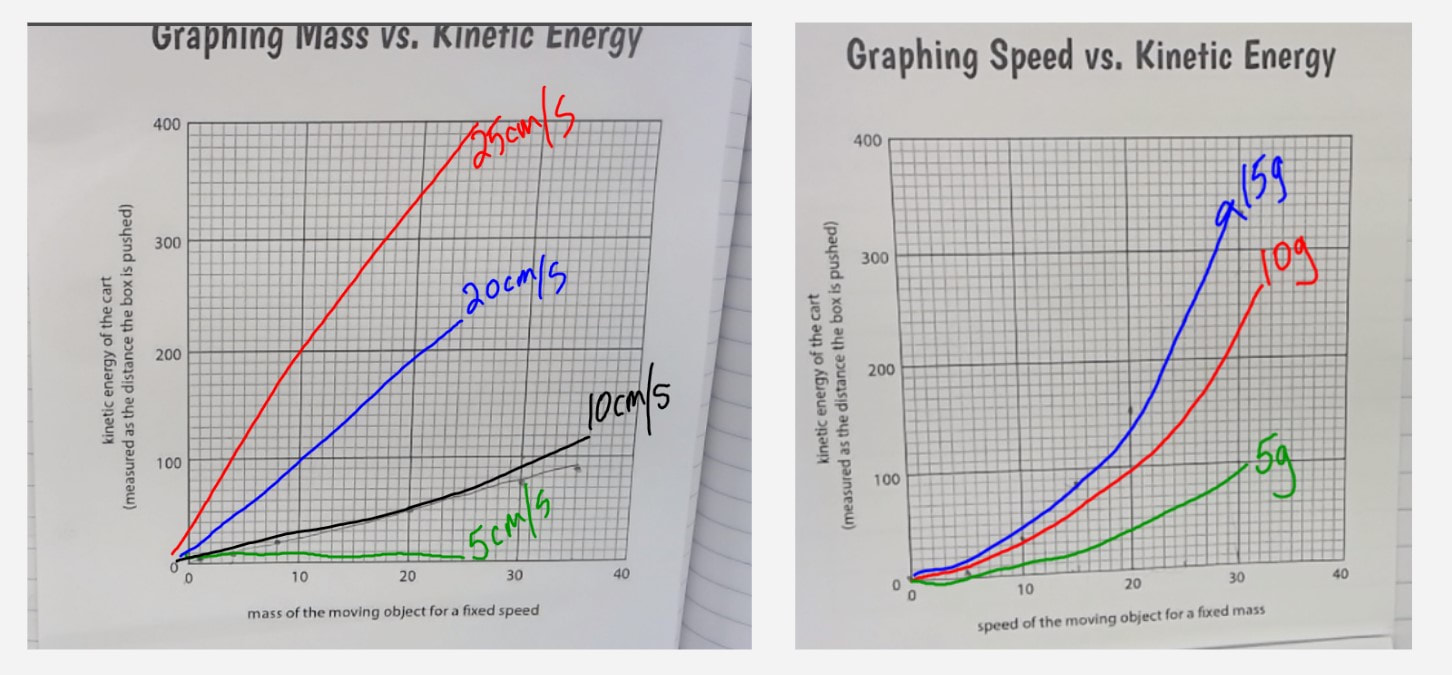
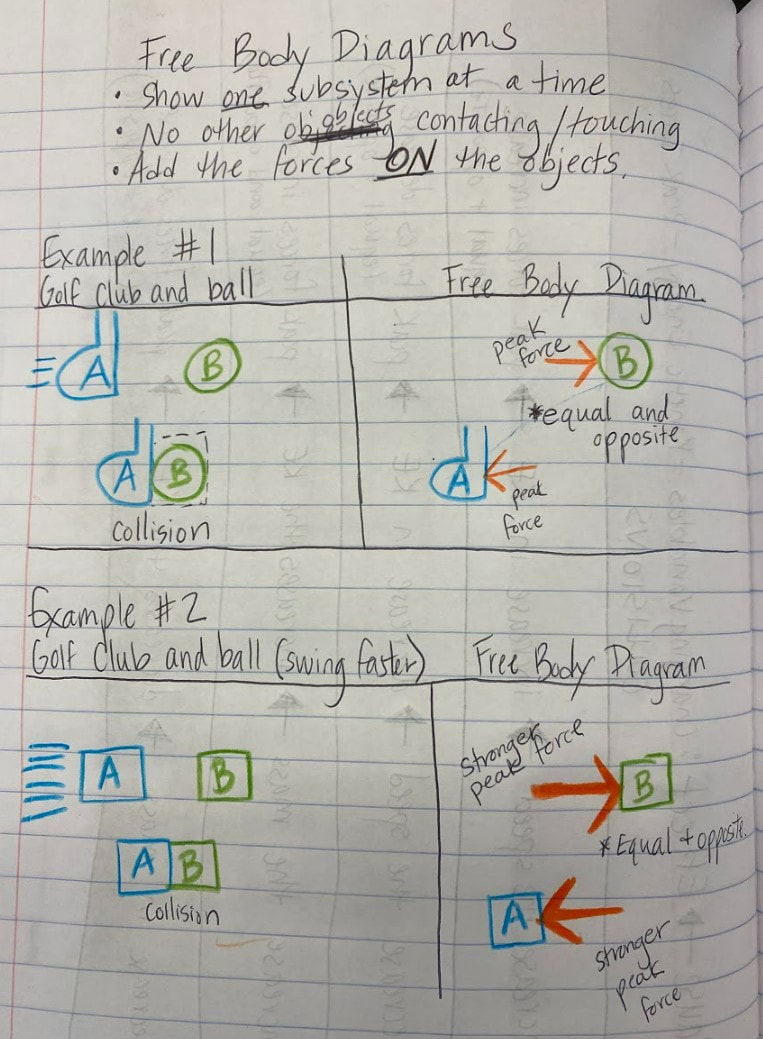
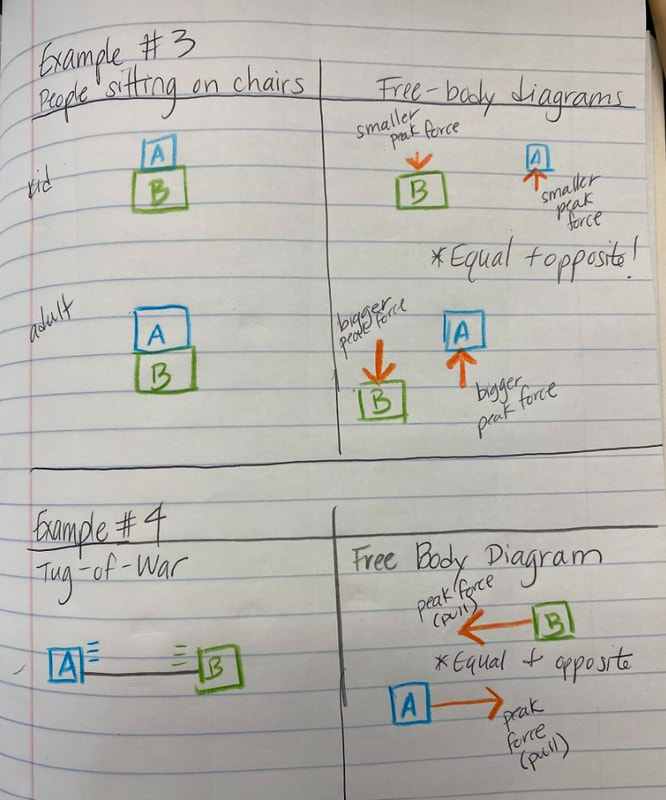
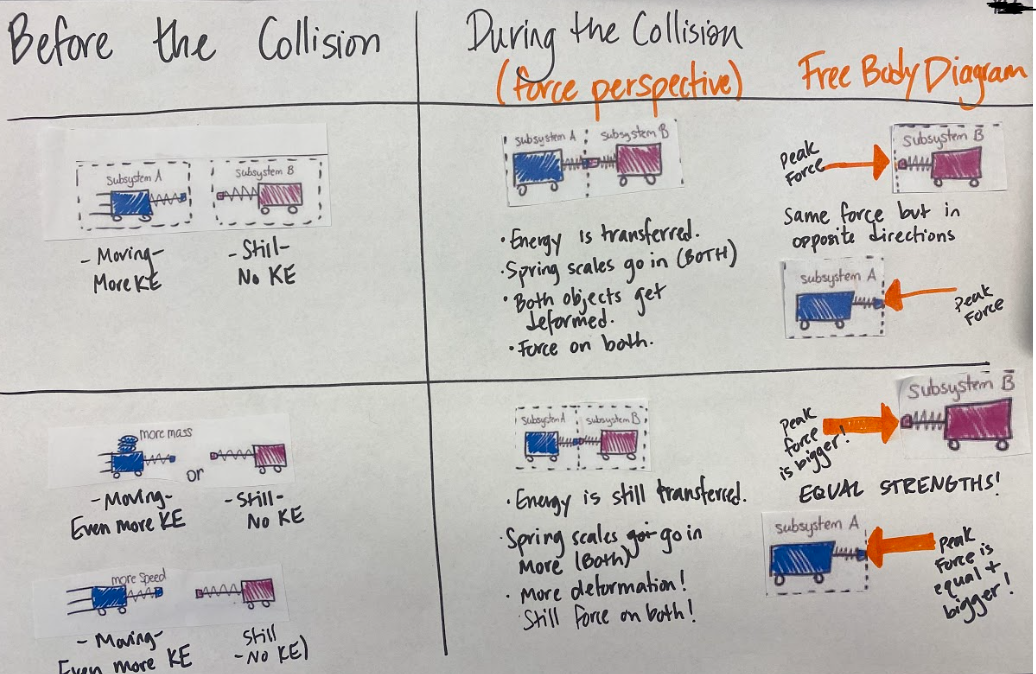
 RSS Feed
RSS Feed